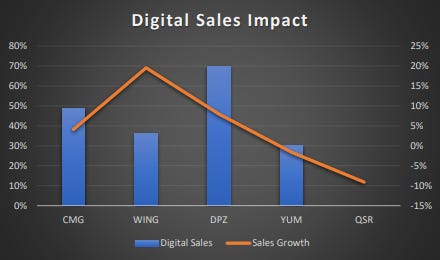This is not the first pandemic we have ever seen or even the first pandemic we have seen in our recent past within our modern-day economy. The 1918 Flu Pandemic was at large for nearly 2 years. Can we draw any comparisons to what happened in the restaurant industry from then to now?
During the Pandemic in 1918, almost every restaurant stayed open. As we all know, this is the direct opposite of our current pandemic world. The answer to why is simple, many people in metropolitan cities did not have access to grocery stores and needed a restaurant to find their next meal.
During this era, the concern was how well these restaurants were kept clean. Small mom and pop stores did not have massive regulations or a larger body to regulate the store, so you never knew what you were walking into. From this, chain restaurants began to grow.
The cleanliness and standardization were appealing to customers. What is the “new” change in the restaurant industry from this pandemic? We think quick service restaurant (QSR) digitization.
Some of the most prominent QSR brands: Dominos, Chipotle, and Wing Stop have built out an incredible digital presence. The QSR industry has contracted -12.5% in 2020, while these 3 names have been working to build out their digital presence.
Below is a chart of 5 of the biggest QSR restaurant brands. You will see that Dominos, Chipotle, and Wing Stop all have digital sales representing more than 35% of their total sales, and all their YoY revenue figures have increased. On the other hand, YUM Brands (KFC, Taco Bell, Pizza Hut) and QSR (Burger King, Tim Hortons, Popeyes) have all contracted during Covid-19.
These restaurants are all in the same business category, the biggest difference is their digital footprint. YUM brands have an estimated 30% of total sales digitally (an estimate, not an exact figure) and QSR has not even reported their digital sales. QSR’s revenue shrank by 10% in 2020.
The 3 brands thriving have built their digital ecosystem over the years, YUM and QSR are trying to catch up. They may have time to catch-up to the modern-day economy and sales might get back to regularity, but it will take a digital catalyst to reach significant growth.



